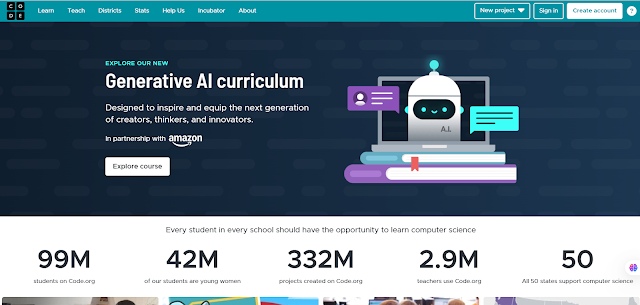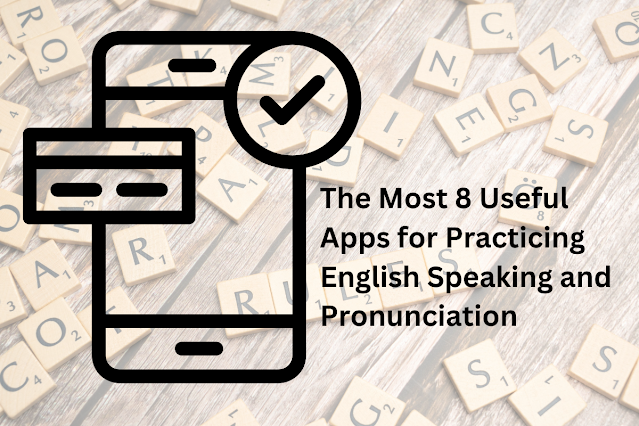Fun and Interactive Websites to Teach Kids Coding Like a Pro
Technology is evolving rapidly, and coding has become a must-have skill for the next generation!
Whether kids want to build their own games, design apps, or just figure out how computers work, programming unlocks endless possibilities. It’s not just about future careers—it’s about creativity, problem-solving, and thinking in new ways.
But where should they start? Thankfully, learning to code doesn’t have to be difficult or boring. Several fantastic websites introduce children to programming through fun, interactive experiences. With the right tools, young learners can dive into the world of coding with confidence. Here are six top-notch platforms to explore!
WhiteHat Jr
Designed to accommodate various age groups, this platform ensures that even young learners, starting as early as six, can grasp fundamental coding concepts. The lessons are structured to gradually introduce new topics, making complex ideas easier to understand. Through this method, children develop not only technical skills but also logical thinking and problem-solving abilities.
Hands-on learning is at the heart of WhiteHat Jr’s philosophy. Rather than simply absorbing information, kids actively participate in building projects, from simple applications to advanced artificial intelligence models. This project-based approach boosts creativity and confidence, allowing students to see tangible results from their efforts.
Beyond coding, this platform nurtures a mindset of innovation. By working on real-world problems and developing their own digital solutions, young programmers gain a sense of accomplishment. They don’t just learn how to code—they learn how to think critically, analyze challenges, and turn ideas into reality.
For children interested in app development, artificial intelligence, or exploring the digital world, WhiteHat Jr offers a structured yet exciting way to start their journey.
Code.org
For beginners, the interface is simple and intuitive, with block-based coding that makes it easy to understand the basics. Students can simply drag and drop blocks to create their own programs, making coding feel like solving puzzles rather than complex algorithms. But for those ready to move beyond the basics, Code.org offers a smooth transition into more advanced programming languages like JavaScript and Python.
One of the platform’s greatest strengths is its widespread adoption in schools worldwide. Code.org partners with teachers to incorporate its curriculum into the classroom, making coding part of mainstream education. It’s no wonder that millions of students have been introduced to programming through this platform. Whether a child is just starting their coding journey or advancing to more complex languages, Code.org offers something for everyone. Its fun, user-friendly design and commitment to free education make it a top resource for budding programmers everywhere!
Scratch
Scratch isn’t just about learning to code—it’s about developing critical thinking skills! As children design animations, create interactive stories, and build simple games, they face challenges that require them to think logically and problem-solve. It’s the perfect way to introduce computational thinking in a way that feels like play.
The platform also opens up a world of creativity. Kids aren’t just following pre-set instructions—they’re creating their own digital worlds. Whether it’s making characters move, adding sounds, or designing unique backgrounds, Scratch gives children the tools to turn their imaginations into reality. In this way, coding becomes more than just a technical skill; it becomes a form of self-expression!
Coding Ninjas
Coding Ninjas provides a structured approach to coding, making it an ideal platform for beginners who want to learn and grow in the world of programming. The platform is thoughtfully organized into different levels, so learners can gradually progress from the basics to more advanced skills. This step-by-step structure helps kids build a strong foundation before they tackle more complex projects, making the learning process feel manageable and rewarding.
At its core, Coding Ninjas focuses on mastering key programming concepts that are essential for success in the tech world. Through a combination of video lessons and hands-on projects, kids get to practice what they’ve learned while reinforcing their understanding of coding fundamentals. This balance of theory and practice makes each lesson both informative and practical, as students directly apply new skills to real-world projects.
One of the platform’s most appealing features is its diversity of topics. Whether a child dreams of developing their own video games or creating mobile applications, Coding Ninjas offers specific courses tailored to those interests. For young game developers, there are courses focused on game mechanics, design, and coding languages like Unity or C++. For budding app creators, students dive into the languages and tools needed to bring their app ideas to life, using popular programming languages like Java and Python.
Moreover, the platform provides access to a supportive community of learners and instructors, creating an environment where kids can ask questions, collaborate on projects, and share ideas. This community-driven aspect of Coding Ninjas is an important factor in its success—students don’t just learn coding in isolation; they become part of a broader network of aspiring developers.
As children progress through the levels, they can also gain a sense of accomplishment as they see how much they’ve grown. The projects and challenges they complete help them to stay motivated and develop problem-solving skills that are valuable in other areas of life. By the end of the course, students will not only have a strong understanding of coding principles, but they’ll also be able to showcase their projects, providing a tangible proof of their progress.
With its well-designed curriculum, varied learning materials, and focus on practical skills, Coding Ninjas helps young learners become confident, capable coders. It’s a platform where kids can explore their interests, discover new passions, and build a future in the technology field.
Leap Learner
The platform covers a wide range of coding topics, from basic programming languages like Python to more advanced concepts like artificial intelligence. As students navigate through these different lessons, they not only learn technical skills but also develop essential problem-solving abilities that will serve them throughout life.
The tasks and puzzles presented in each lesson encourage kids to think critically and work through difficulties, sharpening their minds along the way.
What truly sets Leap Learner apart is its intuitive design. The user interface is clean and easy to follow, making it accessible for children of varying ages and skill levels. By breaking down each topic into manageable steps, the platform takes what could seem like a complicated subject and presents it as an exciting adventure.
Leap Learner transforms coding from something that might initially seem intimidating into an enjoyable and achievable pursuit!
Codecademy
Each lesson is designed to introduce a new concept and then provide a coding challenge that allows students to practice immediately. After completing each task, they receive feedback to help them understand their mistakes and correct them before advancing to the next level. This instant feedback system ensures that learners truly grasp each concept before moving on, which is particularly helpful for beginners who might otherwise get discouraged by gaps in their understanding.
Although Codecademy is widely recognized as a platform for adult learners, it also provides content that is perfectly suitable for older children who are ready to explore coding more seriously. The platform offers beginner-level courses that gradually introduce more advanced topics, making it an ideal choice for young learners eager to dive deeper into the world of programming. With its focus on active learning and progressive challenges, Codecademy offers a clear and structured pathway for young coders to follow as they build their skills.


















